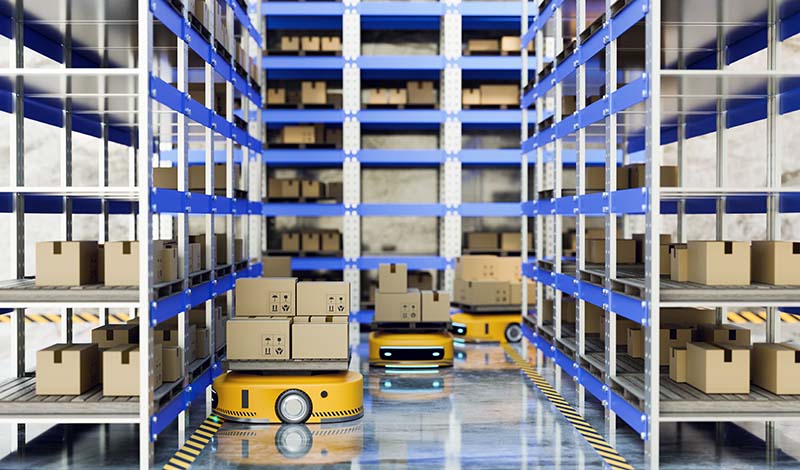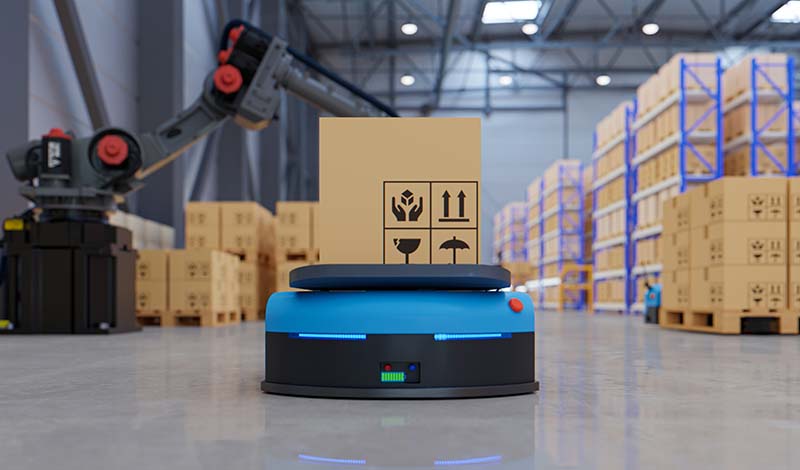Cobot safety starts with clear rules everyone can follow. ISO 10218 is the international standard that guides builders, integrators, and users of industrial robots and cobots. It lists what must be guarded, labeled, and tested before a cell runs.
The document also explains safe layouts for work zones and access doors. When teams follow these layouts, staff can move parts in and out without getting too close to fast arms or sharp tools.
Because ISO 10218 is worldwide, it helps global companies keep safety levels the same in every plant. That consistency cuts training time and boosts worker confidence on day one. In addition, having a common standard allows for easier integration and compatibility between different brands and models of cobots.
Manufacturing companies are increasingly turning to collaborative robots, or cobots, due to their flexibility and ability to work alongside human workers. However, with this increase in use comes the need for strict safety standards to protect both workers and the machines themselves.
A cobot often shares space with people, so contact must never hurt. ISO TS 15066 sets the force limits that make that goal real. It shows how much pressure different body parts can safely absorb.
Designers use these numbers to build reliable power and force-limiting modes. Motors stop when torque sensors feel even a small push, keeping bumps gentle.
Regular checks confirm the robot still meets limits as parts age. Sticking to those limits lets plants run mixed work without tall cages or extra guards, saving floor space and money.
Some tasks need faster cycles than force-limited cobots can give. Speed and separation monitoring meets that need by letting robot systems move quickly when no one is near and slow down when someone steps close.
Laser scanners and cameras watch the work area. If a person enters the warning zone, the controller cuts speed or stops motion in under a second.
This smart zoning blends throughput and protection. Teams keep output high while meeting today’s strict cobot safety rules with no heavy fencing between people and machines.

Modern controllers ship with built-in safety functions such as Safe Torque Off, Safe Limited Speed, and Safe Direction. Each function is safety rated to a known Performance Level or SIL, so auditors can trust the numbers.
These features live inside the drive or PLC, so wiring is short and diagnostics are fast. Fewer relays mean fewer failure points and simpler cabinets.
Extra safety features like light curtains or area scanners add layers. When all layers talk through certified buses, a fault in one spot still leaves other guards in place.
Standards require a risk assessment each time you add or change a robot application. The team lists hazards, scores severity, and picks safeguards that match the risk.
Engineers then test every guard, stop, and sensor with the line running at full speed. Only after proof passes is the cell cleared for production.
Keeping records shows regulators that risks were found and fixed. It also helps future crews understand why a shield, limit, or delay was chosen during launch.
Collaborative robot safety standards focus on shared spaces, soft edges, and controlled power. Traditional industrial robot rules rely on hard fencing that keeps people out of fast, strong work zones.
Choosing between the two comes down to payload, cycle time, and available space. High weight and speed still favor classic cells with locked doors.
When loads are light and tasks vary, collaborative robots, or cobots, shine. They switch jobs quickly, need little guarding, and reduce change-over time during short runs.

Every cell needs bright, reachable emergency stops wired to cut energy fast. These buttons must latch, stay off when power drops, and reset only after a full check.
Gate switches, muting sensors, and keyed resets add depth. They meet extra safety requirements for industrial machines that press, cut, or weld.
Scheduled inspections keep contacts clean and lights bright. Simple daily checks prevent hidden faults that could delay a shutdown when seconds matter.
Smart robot systems begin with a clear map of every reach and swing. Engineers keep parts, pallets, and tools close to the line – but just outside each arm’s path – so operators never need to lean into danger.
Floor stripes, cable trays, and glare-free lights guide safe movement and meet strict cobot safety rules.
Cells designed to work beside people also follow good ergonomics. Screens sit at eye level, buttons at chest height, and fixtures at the waist, cutting strain and speeding changeovers. Fewer awkward moves mean fewer slips, bumps, and production stops.
Launching or upgrading a cobot line is easier with a guide who knows every rule, from ISO 10218 to ISO TS 15066. PEC plans, programs, and validates cells that pass audits the first time.
Our team sets force limits, tunes speed and separation monitoring, and adds certified stops, scanners, and locks. You get one partner for design, build, and support.
Ready to boost output while meeting top cobot safety standards? Contact PEC today for a free walk-through and custom roadmap. Safe, smart automation starts here.